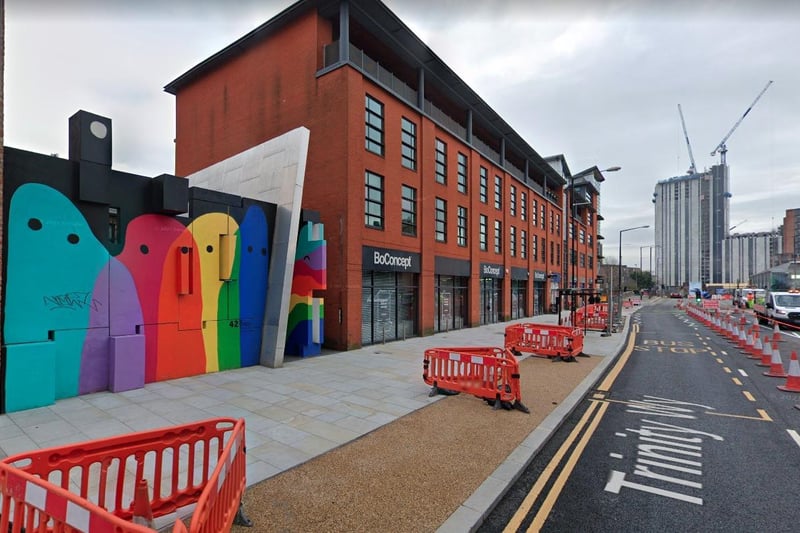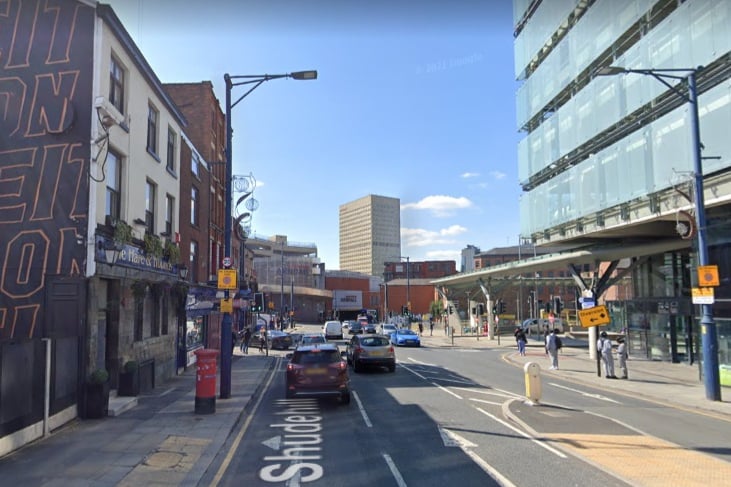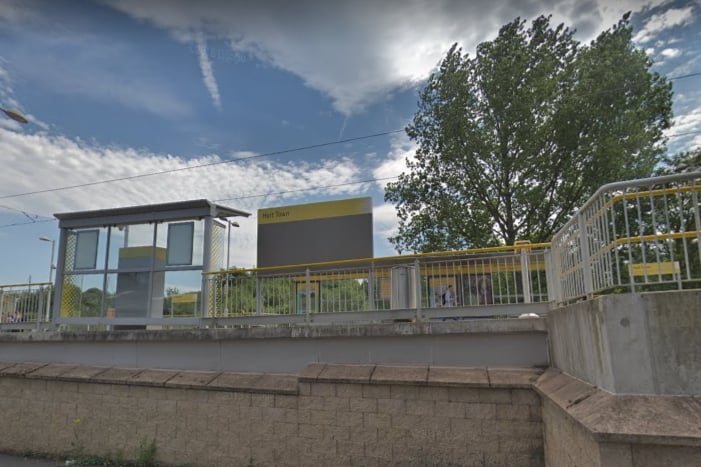Have you ever looked at a map of Manchester or the signposts throughout the city and wondered how some of the array of place names came to be so called?
If you have, then we’ve opened up the history books and taken a delve back into the past to find out how some of the places we see or visit regularly gained the names they have.
It’s a fascinating trip, opening up centuries of Mancunian history from the Latin words that remind us the Romans were here, to the Anglo-Saxon and medieval periods through to the Industrial Revolution which completely reshaped the map of the city and transformed it forever. It is also a reminder of these vast changes in Manchester, as many places which are now part of the city’s urban and suburban sprawl have names that hint at their much more rural and rustic past.
So, from Wythenshawe to Miles Platting and from Blackley to Ancoats (not forgetting Manchester itself of course) here are 11 places in the city and what their names mean.
It’s a fascinating trip, opening up centuries of Mancunian history from the Latin words that remind us the Romans were here, to the Anglo-Saxon and medieval periods through to the Industrial Revolution which completely reshaped the map of the city and transformed it forever. It is also a reminder of these vast changes in Manchester, as many places which are now part of the city’s urban and suburban sprawl have names that hint at their much more rural and rustic past.

9. Ancoats
Ancoats is now one of Manchester’s coolest neighbourhoods, but one indication it has changed a huge amount is that the name first appears in the 13th century as either Annecotes or Antecotes, meaning lonely cottages. The area is first named in 1212, though,as Elnecot, a name now used by one of the area’s successful restaurants. Photo: Google Maps Photo: Google Maps

10. Shudehill
The name Shudehill takes us back to the early modern period of Manchester as it is first mentioned in 1554, though could well be of older,medieval origin. It’s actually not completely known where this name comes from, though it has been suggested it refers to shude meaning the husks of oats. Photo: Google Maps Photo: Google Maps

11. Holt Town
If you take the Metrolink between Piccadilly and the Etihad Stadium the tram will make a stop at Holt Town, which once referred to the area it is located in. Established in 1785 by David Holt, it was the only example in Manchester of a major mill with housing laid out around it for the workers. Photo: Google Maps Photo: Google Maps


